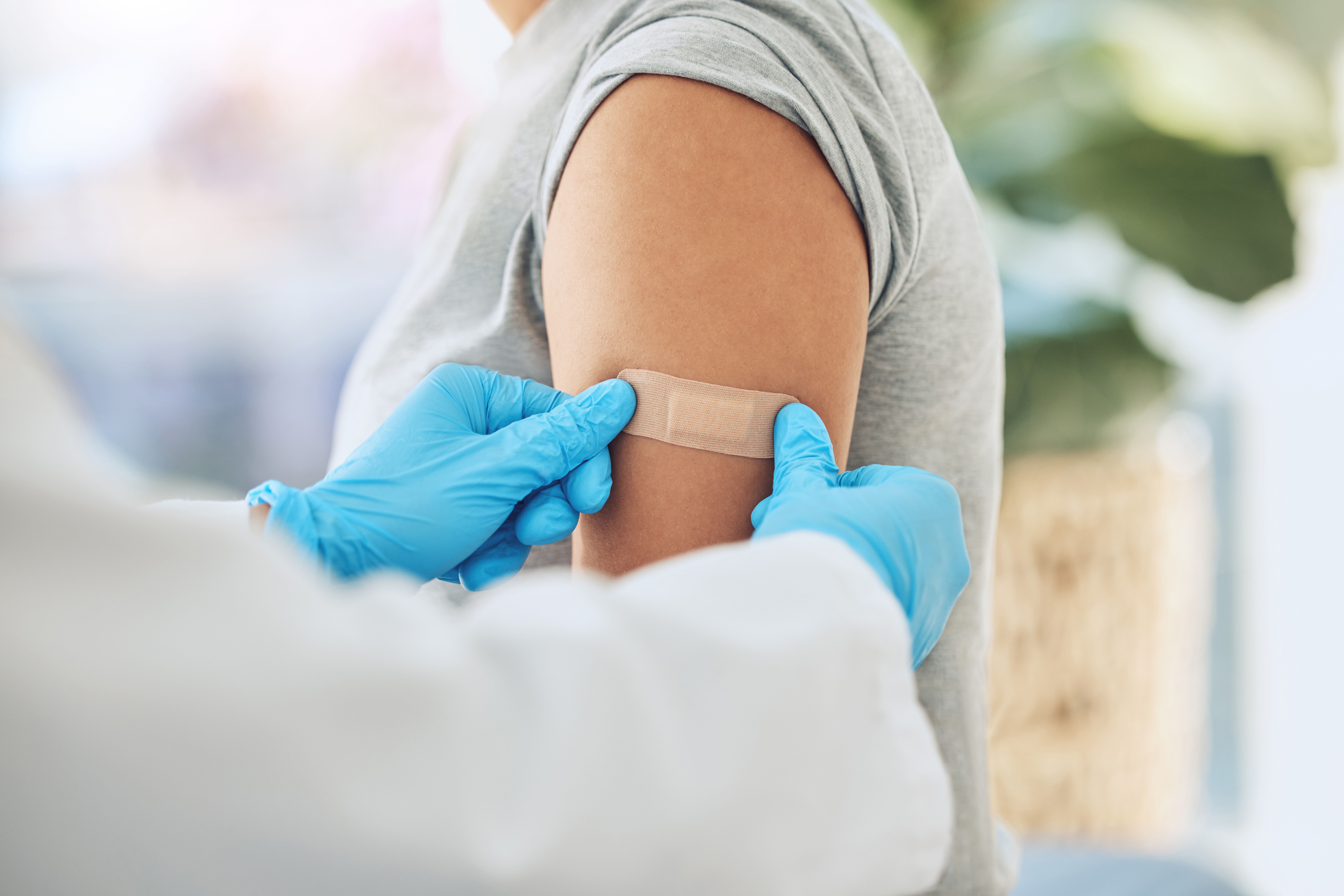News
Article
Bridging Health Equity: Addressing Heart Failure in Native American Communities
Author(s):
New insights into heart failure risks in Native American communities are highlighting the need to address social determinants of health.
Native American individuals are 2 to 3 times more likely to experience heart failure (HF) compared with Black, Hispanic, or White adults, according to a study published in the Journal of the American Heart Association. Using a novel risk prediction tool developed specifically for Native Americans, the authors identified that smoking, body mass index, kidney damage, and well-controlled type 2 diabetes (T2D) were significant factors in determining risk of HF. The tool can be used to better predict HF event risk and develop preventative strategies that meet the medical needs of Native American patients, helping to bridge gaps in health equity.1
Forced removal from native land with limited care, unethical research practices, infectious disease, and unfulfilled agreements have collectively resulted in distrust of the US government and medical institutions among these communities. Image Credit: © SHOTPRIME STUDIO - stock.adobe.com

HF occurs when the heart fails to pump effectively, inhibiting its ability to circulate enough oxygen-rich blood around the body, resulting in the buildup of fluid in the lungs. This can cause symptoms including shortness of breath, persistent coughing, or rapid or irregular heartbeat. HF is the leading cause of death for patients with T2D, which occurs in about 1 in 4 individuals who identify as Native American or Alaska Native.1
According to the National Indian Council on Aging, Native Americans die approximately 12 to 13 years earlier than White Americans and have a higher risk of cancer, heart disease, chronic lower respiratory diseases, diabetes, and stroke. Native Americans have historically faced poorer health outcomes due to multiple factors including historical trauma, income and wealth gaps, education, issues of race in institutional structures or policies, and lack of access to care centers. The Indian Health Services, an agency within the US Department of Health and Human Services, provides care to over 2.2 million Native Americans in over 560 recognized tribes; however, it is chronically underfunded leading to limitations in available treatments or services.2,3
"American Indian communities have suffered historical injustices in exposure to contaminants, health care accessibility and other sociodemographic factors resulting in a long history of health disparities," Irene Martinez‐Morata, MD, MPH and lead study author, said in a press release.1
Despite the growing burden of diabetes and cardiovascular risk factors, there are few studies evaluating HF risk in this population. The researchers of the study aimed to develop a parsimonious risk prediction model for overall incident HF and HF subtypes specific to Native American patients. They analyzed the medical data of 3059 participants (58% women) aged 45 to 74 from the Strong Heart Study, the largest study of CV disease (CVD) and its risk factors among Native Americans. The participants hailed from various tribes across North and South Dakota, Oklahoma, and Arizona, and were enrolled from 1989 to 1992 and followed through the end of 2019.4
Using progressively adjusted Cox proportional hazards models, the researchers were able to identify risk factors for HF and its subtypes. According to their findings, 507 participants (16.5%) developed HF. Predictors of risk at 5 and 10 years included older age (hazard ratio [HR], 1.79 [95% CI, 1.43–2.25]; HR, 1.68 [95% CI, 1.44–1.95]), smoking (HR, 2.26 [95% CI, 1.23–4.13]; HR, 2.08 [95% CI, 1.41–3.06]), macroalbuminuria (HR, 8.38 [95% CI, 4.44–15.83]; HR, 5.20 [95% CI, 3.42–7.9]), microalbuminuria (HR, 2.72 [95% CI, 1.51–4.90]; HR, 1.92 [95% CI, 1.33, 2.78]), and previous myocardial infarction (HR, 6.58 [95% CI, 2.54–17.03]; HR, 3.87 [95% CI, 2.29–6.54]), respectively. The highest rates of HF were found in participants with T2D at the time of enrollment and was linked to a 74% increased risk of HF in 10 years.4
The findings underscore the critical importance of addressing the social determinants of health that contribute to the elevated HF risk among Native American populations. Forced removal from native land with limited care, unethical research practices, infectious disease, and unfulfilled agreements have collectively resulted in distrust of the US government and the medical institutions among these communities. By focusing on these social determinants, there is a pathway to develop targeted interventions that can improve health equity and reduce the disproportionate burden of HF in Native American patients.
REFERENCES
American Indian adults may face higher rates of heart failure. American Heart Association. August 21, 2024. Accessed September 4, 2024. https://www.heart.org/en/news/2024/08/21/american-indian-adults-may-face-higher-rates-of-heart-failure
Native americans: a crisis in health equity. American Bar Association. Accessed September 4, 2024. https://www.americanbar.org/groups/crsj/publications/human_rights_magazine_home/the-state-of-healthcare-in-the-united-states/native-american-crisis-in-health-equity/
American Indian health disparities. National Indian Council on Aging. Accessed September 4, 2024. https://www.nicoa.org/elder-resources/health-disparities/#:~:text=Neighborhood%20and%20physical%20environment,%2C%20jobs%2C%20and%20health%20care.
Martinez-Morata I, Domingo-Relloso Arce, Zhang Y, et al. Heart failure risk prediction in a population with a high burden of diabetes: evidence from the strong heart study. Am Heart J. August 21, 2024. Accessed September 4, 2024. https://www.ahajournals.org/doi/10.1161/JAHA.123.033772
Newsletter
Stay informed on drug updates, treatment guidelines, and pharmacy practice trends—subscribe to Pharmacy Times for weekly clinical insights.






